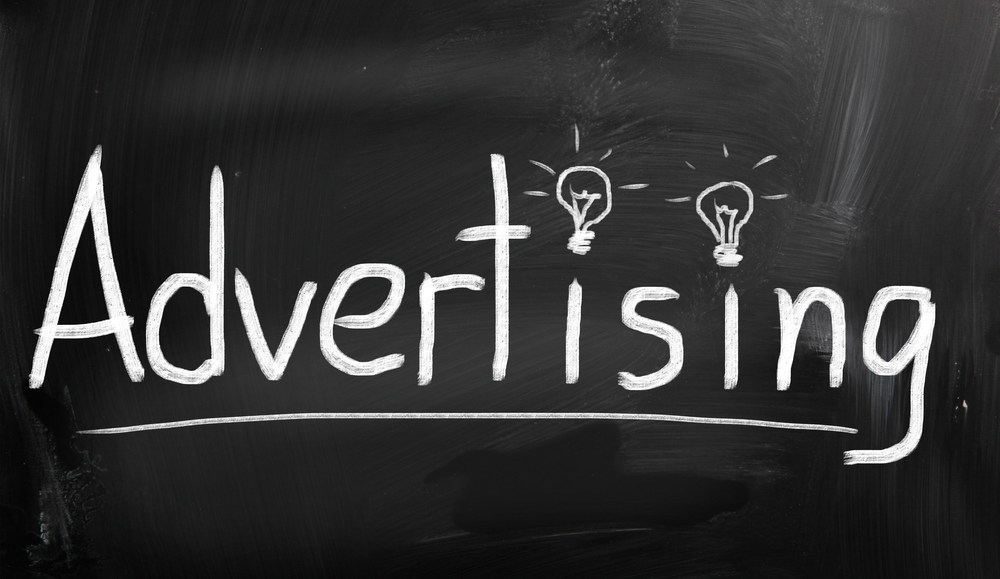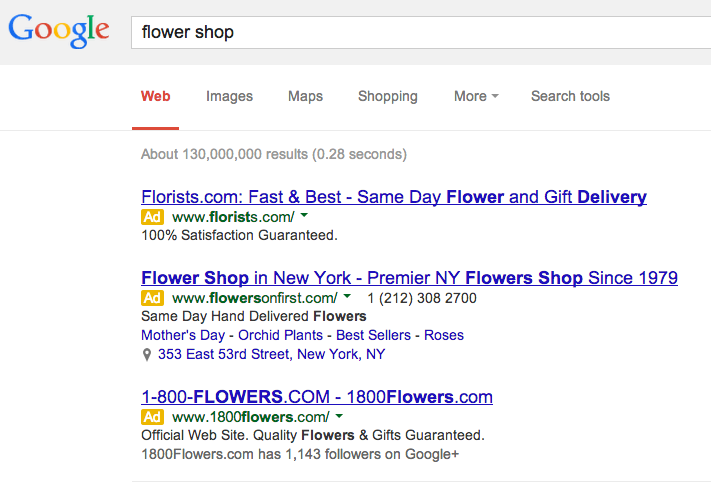
The Federal Trade Commission spent a full day yesterday, listening to 22 representatives from publishing, technology and academia to tackle that most thorny of questions: How to label native advertising.
There were arguments on all sides, with one academic even suggesting the need to study how the eye’s fovea perceives various labeling. Publishers hedged, they cautioned against the dreaded “one-size-fits-all” approach since native ads can apparently vary so widely. That’s why there is a BrandVoice on Forbes, Featured Partners on BuzzFeed, “From Around the Web” from Outbrain, “You May Like” from Tablooa, and so on.
Coincidentally, most also paid fealty to paid search listings, hailed as the original native ad format: a form of content, perfectly suited to the environment, and found genuinely useful to consumers who click away to the tune of billions for Google’s coffers. Perhaps then the industry should keep it simple and cast its gaze on how Google has settled on labeling this “native” format:
More in Media

NewFronts Briefing: Samsung, Condé Nast, Roku focus presentations on new ad formats and category-specific inventory
Day two of IAB’s NewFronts featured presentations from Samsung, Condé Nast and Roku, highlighting new partnerships, ad formats and inventory, as well as new AI capabilities.

The Athletic to raise ad prices as it paces to hit 3 million newsletter subscribers
The New York Times’ sports site The Athletic is about to hit 3 million total newsletter subscribers. It plans to raise ad prices as as a result of this nearly 20% year over year increase.

NewFronts Briefing: Google, Vizio and news publishers pitch marketers with new ad offerings and range of content categories
Day one of the 2024 IAB NewFronts featured presentations from Google and Vizio, as well as a spotlight on news publishers.
Ad position: web_bfu
